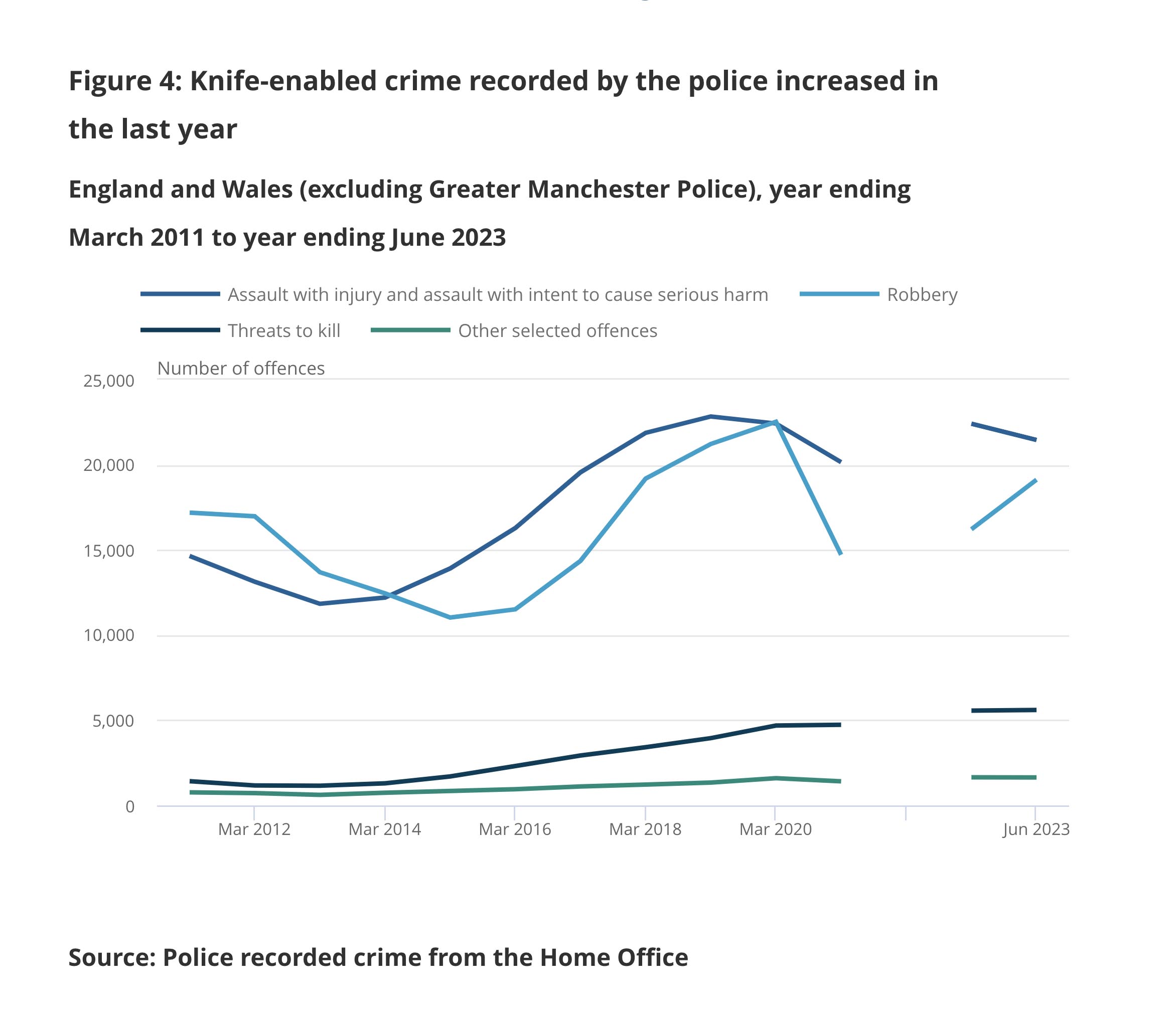Martyn’s Law, also known as the Protect Duty, is a proposed legislation in the United Kingdom aimed at enhancing public safety by requiring owners and operators of publicly accessible locations to take steps to protect people from terrorist attacks. It is named in honour of Martyn Hett, one of the victims of the 2017 Manchester Arena bombing.
How the Serious Incident Manager was created
London has faced a troubling increase in knife crime, particularly among young people over the last 10 years. The rise in violent incidents has drawn widespread concern and has been described as a public health crisis by the Mayor of London.
Families and communities have been left devastated by the loss of young lives, leading to calls for more robust intervention strategies that go beyond policing, such as investment in education, mental health services, and employment opportunities.

Background
The Metropolitan Police Service saw a 21% increase in knife or sharp instrument incidents across the capital between 2022 and 2023.
Between January 2023 and January 2024, the rate of increase stood at 16%.
In 2019, London's Mayor, Sadiq Khan, set up the Violence Reduction Unit (VRU) in London - a team of specialists who bring people across London together to better understand why violence happens and to take action to prevent it now and in the long-term.
Their approach is preventative, focussing on early intervention and education to provide support and opportunities for young people.
Along with prevention work, there are also teams across London working to reduce the impact of violence when it does happen. Police, local authority community safety teams and support services work to reduce the impact of violence on families and communities.
The Serious Incident Manager (SIM) was started by the VRU to find out what would help the people who respond to serious violence.
Working closely with the VRU, we set up steering groups comprising people from each part of the violence response process chain:
- Met Police Operations Room staff
- Local Authority Heads of Community Safety
- Community Safety Engagement Officers
- Integrated Gangs Units
- Youth Justice Outreach Service
- Criminal Exploitation and Disruption managers
We worked closely with these people to determine what would help them respond more effectively. The findings fell into three key areas:
Communication
- Speed of the incident reaching senior people at the local authority - whether via Police Ops Rooms, CCTV teams or other routes.
- The level of detail of the initial alert
- The ability to inform response teams with relevant information.
- Keeping stakeholder groups informed of response progress.
Responding
- Having access to the best response protocols.
- Managing the response protocol progress.
Access to information
- A GDPR-compliant way of accessing perpetrator and victim information for informed decisions.
In response to these findings, the SIM digital system was developed, focussing particularly on the three key areas.
The system was then put through its paces at the Hydra Simulation Centre at Hendon Police College, a sophisticated training and incident simulation tool used by the Met Police.
Met Police Ops Room teams and local authority community safety teams tested the system during multiple live simulated serious incidents of violence.
FAQs
Martyn’s Law was introduced in response to the growing threat of terrorism and to ensure that venues are better prepared to respond to such incidents. It aims to establish a consistent and effective approach to security across a variety of public spaces, helping to prevent future attacks and minimize their impact.
The law applies to a wide range of publicly accessible locations, including but not limited to:
- Concert halls and arenas
- Shopping centres
- Public squares and parks
- Sports stadiums
- Large entertainment venues
- Places of worship
- Educational institutions
Essentially, any place where large numbers of people gather and could potentially be targeted by terrorists.
Risk Assessment: Conducting thorough risk assessments to identify potential vulnerabilities and threats.
Mitigation Measures: Implementing appropriate and proportionate measures to reduce the risks identified, which may include physical security measures, staff training, and emergency response planning.
Training and Awareness: Ensuring that staff are adequately trained to recognize and respond to security threats.
Collaboration: Working with local authorities, emergency services, and other stakeholders to enhance overall security and preparedness.
Information Sharing: Sharing relevant security information and intelligence with appropriate authorities and other operators.
How much does SIM cost for my organisation?
Compliance with Martyn’s Law will be monitored and enforced by designated regulatory bodies, which may include local authorities and other government agencies. These bodies will have the authority to conduct inspections, review risk assessments and mitigation plans, and take enforcement action if necessary, including issuing fines or other penalties for non-compliance.


